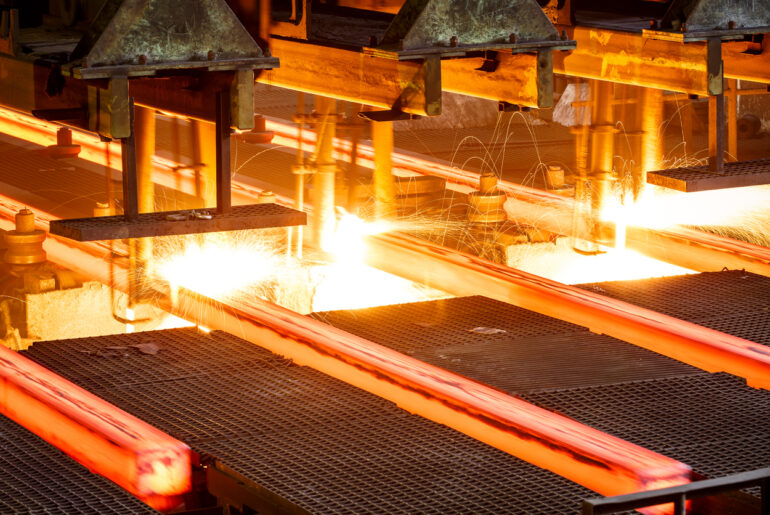The Great Salt Lake has reportedly been drying up and the consequences could be dire to plant, animal, and human life. Known as the largest lake in North America, it has already shrunk by two-thirds making boat travel difficult and severely affecting the livelihood of brine shrimp and flies that inhabit the area. Scientists warn the two species could die off as soon as this summer which would threaten the 10 million bird species that migrate to the lake every year to feed.
Air quality surrounding the area could be highly affected by the shrinking as well occasionally turning poisonous. The lake bed is made up of high levels of arsenic, antimony, copper, zirconium, and other dangerous heavy metals, mostly from mining activity in the region. Most of the exposed soil is still protected by a hard crust but with erosion and wind, those arsenic particles travel through the air affecting the lungs of three-quarters of Utah’s population.
“We have this potential environmental nuclear bomb that’s going to go off if we don’t take some pretty dramatic action,” said Joel Ferry, a Republican state lawmaker and rancher who lives on the north side of the lake, to The New York Times.
Clouds of dust traveling through the air are especially troublesome to those with asthma and respiratory problems. The particles can act as shards of glass in a person’s lungs.
Not only does this raise a health concern, but skiing conditions will change as well. The resorts above Salt Lake City would deteriorate, which is a huge source of revenue for the state. The simple solution would be to try to save the lake with as much runoff as possible, but that’s nearly impossible with the impending change of climate.
Snowmelt from the mountains would be needed to add more water to the lake, which results in less water for residents and farmers of the area. Utah has a high value on agricultural efforts and state leaders are reluctant to do anything that would affect that. According to Timothy D. Hawkes, a Republican lawmaker, the stakes are high and there needs to be more aggressive action taken.
“It’s not just fear-mongering,” he said of the lake vanishing to The New York Times. “It can actually happen.”
The theory that snowmelt could reverse this problem is not as simple as it may seem. Salt Lake City is expected to have a 50% increase in population by the year 2060 and right now has barely enough water to provide to its current residents.
Laura Briefer, director of Salt Lake City’s public utilities department, stated to The New York Times, the city has three options to increase its water supply: Divert more water from rivers and streams, recycle more wastewater, or draw more groundwater from wells. While each of those ideas reduces the amount of water that reaches the lake, demand for water in Salt Lake City would exceed supply by around 2040.
A bill was introduced this year by Robert Spendlove, a Republican state representative in an effort to save water — blocking communities from requiring homeowners to have a green and maintained lawn. In the legislative session held, lawmakers made other proposals such as funding a study of water needs, ways for easier buying and selling of water rights and requiring water to be included in long-term planning for cities and towns. However, lawmakers rejected any immediate ideas that would reduce water usage such as water-efficient sinks and showers in homes and increasing the price of water.




